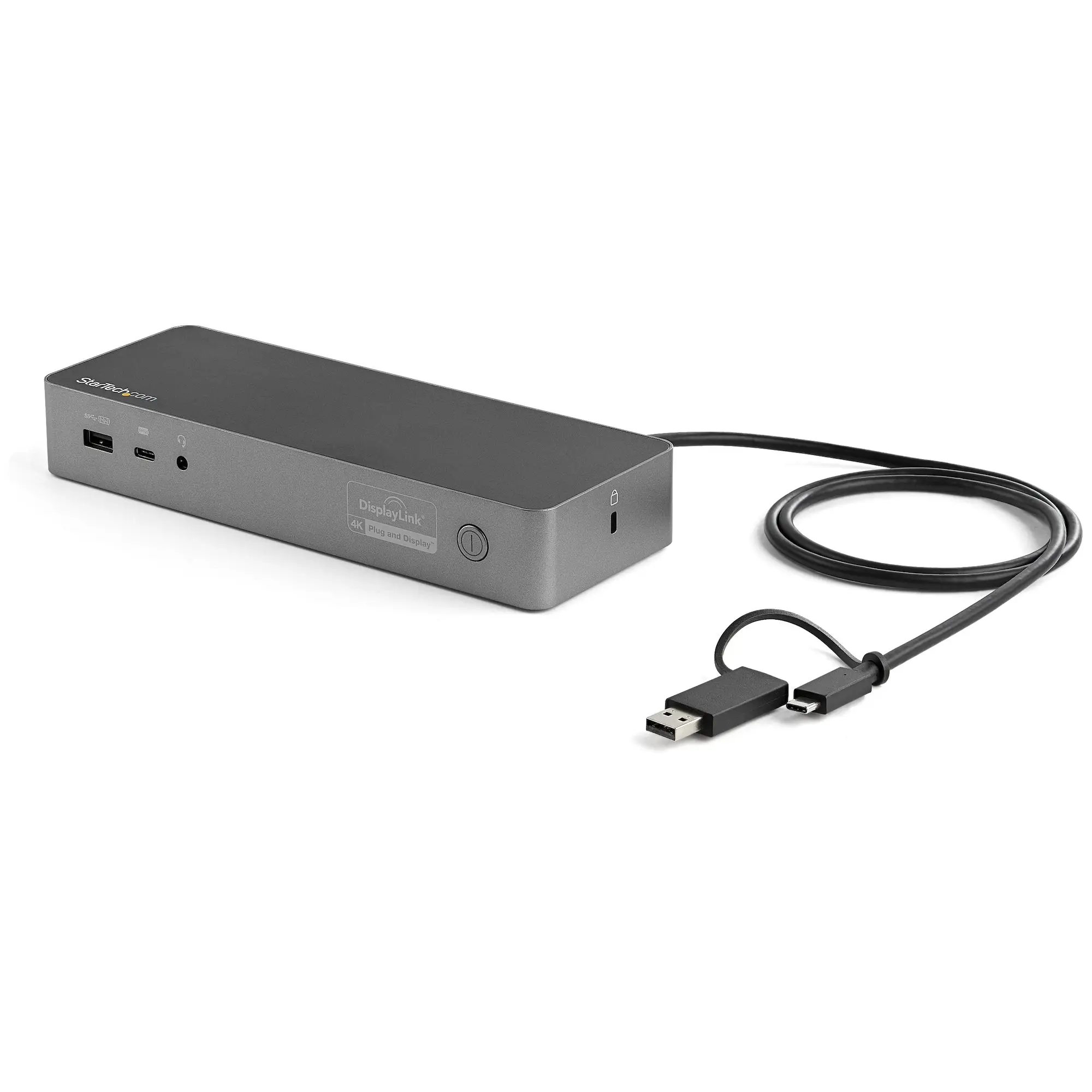How does a USB-C to USB 3.1 Gen 1 to DisplayPort adapter work?


USB-C to USB 3.1 Gen 1 to DisplayPort adapters are becoming increasingly popular as more devices adopt the USB-C standard. These adapters allow users to connect their USB-C devices, such as laptops or smartphones, to external displays that use the DisplayPort interface. In this article, we will explore how a USB-C to USB 3.1 Gen 1 to DisplayPort adapter works and discuss its benefits and limitations.
Understanding USB-C and DisplayPort
Before diving into the details of how the adapter works, it is essential to understand the basics of USB-C and DisplayPort.
USB-C, also known as USB Type-C, is a versatile and reversible connector that can transmit both power and data. It has become the standard for many modern devices due to its compact size and ability to support various protocols, including USB 3.1 Gen 1, USB 3.1 Gen 2, Thunderbolt 3, and DisplayPort.
DisplayPort, on the other hand, is a digital display interface primarily used to connect monitors and other display devices to computers. It supports high-resolution video and audio transmission, making it ideal for gaming, video editing, and other multimedia applications.
How the Adapter Works
A USB-C to USB 3.1 Gen 1 to DisplayPort adapter acts as a bridge between a USB-C device and a DisplayPort display. It converts the USB-C signal into a DisplayPort signal, allowing the device to output video and audio to the external display.
Here is a step-by-step breakdown of how the adapter works:
1. The USB-C to USB 3.1 Gen 1 to DisplayPort adapter is connected to the USB-C port of the source device, such as a laptop or smartphone.
2. The adapter recognizes the USB-C signal and converts it into a USB 3.1 Gen 1 signal. This conversion allows the adapter to transmit data at speeds of up to 5 Gbps.
3. The USB 3.1 Gen 1 signal is then converted into a DisplayPort signal by the adapter. This conversion enables the adapter to transmit high-quality video and audio signals to the external display.
4. The DisplayPort signal is transmitted through the adapter’s DisplayPort output port, which can be connected to a DisplayPort cable.
5. The DisplayPort cable is then connected to the DisplayPort input port of the external display.
6. The external display receives the DisplayPort signal and displays the video and audio output from the USB-C device.
Benefits of Using a USB-C to USB 3.1 Gen 1 to DisplayPort Adapter
Using a USB-C to USB 3.1 Gen 1 to DisplayPort adapter offers several benefits:
1. Compatibility: USB-C is a widely adopted standard, and many devices, including laptops, smartphones, and tablets, feature USB-C ports. By using an adapter, users can connect these devices to external displays that support DisplayPort.
2. High-quality video and audio: DisplayPort supports high-resolution video and audio transmission, allowing users to enjoy crisp visuals and immersive sound when connecting their USB-C devices to external displays.
3. Versatility: USB-C to USB 3.1 Gen 1 to DisplayPort adapters are versatile and can be used with various devices, including laptops, desktop computers, and smartphones. This flexibility makes them suitable for both personal and professional use.
4. Ease of use: USB-C to USB 3.1 Gen 1 to DisplayPort adapters are plug-and-play devices, meaning they require no additional software or drivers to function. Users can simply connect the adapter to their USB-C device and the external display, and it will start working immediately.
Limitations of USB-C to USB 3.1 Gen 1 to DisplayPort Adapters
While USB-C to USB 3.1 Gen 1 to DisplayPort adapters offer many benefits, they also have some limitations:
1. DisplayPort version limitations: USB-C to USB 3.1 Gen 1 to DisplayPort adapters are limited by the version of DisplayPort they support. For example, if the adapter supports DisplayPort 1.2, it will not be able to transmit video and audio signals at resolutions higher than what DisplayPort 1.2 supports.
2. Single display support: Most USB-C to USB 3.1 Gen 1 to DisplayPort adapters only support a single external display. If you need to connect multiple displays to your USB-C device, you may need to use a different type of adapter or a docking station.
3. Power limitations: USB-C to USB 3.1 Gen 1 to DisplayPort adapters may not provide enough power to charge certain devices while in use. In such cases, users may need to connect their devices to a separate power source.
Conclusion
USB-C to USB 3.1 Gen 1 to DisplayPort adapters are essential accessories for users who want to connect their USB-C devices to external displays that use the DisplayPort interface. These adapters convert the USB-C signal into a DisplayPort signal, allowing users to enjoy high-quality video and audio output on their external displays. While they offer many benefits, it is important to consider their limitations, such as display and power limitations, before making a purchase decision.
Recent Posts
How do I create an engaging and informative online quiz or assessment?
Creating an engaging and informative online quiz or assessment can be a powerful tool for… Read More
What are the most effective methods for managing and reducing work-related stress in the hospitality industry?
Work-related stress is a common issue in the hospitality industry, where employees often face long… Read More
How can I improve my assertiveness and communication skills in a leadership position?
In a leadership position, assertiveness and effective communication skills are crucial for success. Being able… Read More
What are the key elements of a successful employee recognition and rewards program?
Employee recognition and rewards programs play a crucial role in motivating and engaging employees, as… Read More
How do I effectively manage and respond to customer feedback and reviews?
Customer feedback and online reviews play a crucial role in shaping a company's reputation and… Read More
What are the best strategies for effective time management as a stay-at-home parent?
Effective time management is crucial for stay-at-home parents who juggle multiple responsibilities on a daily… Read More